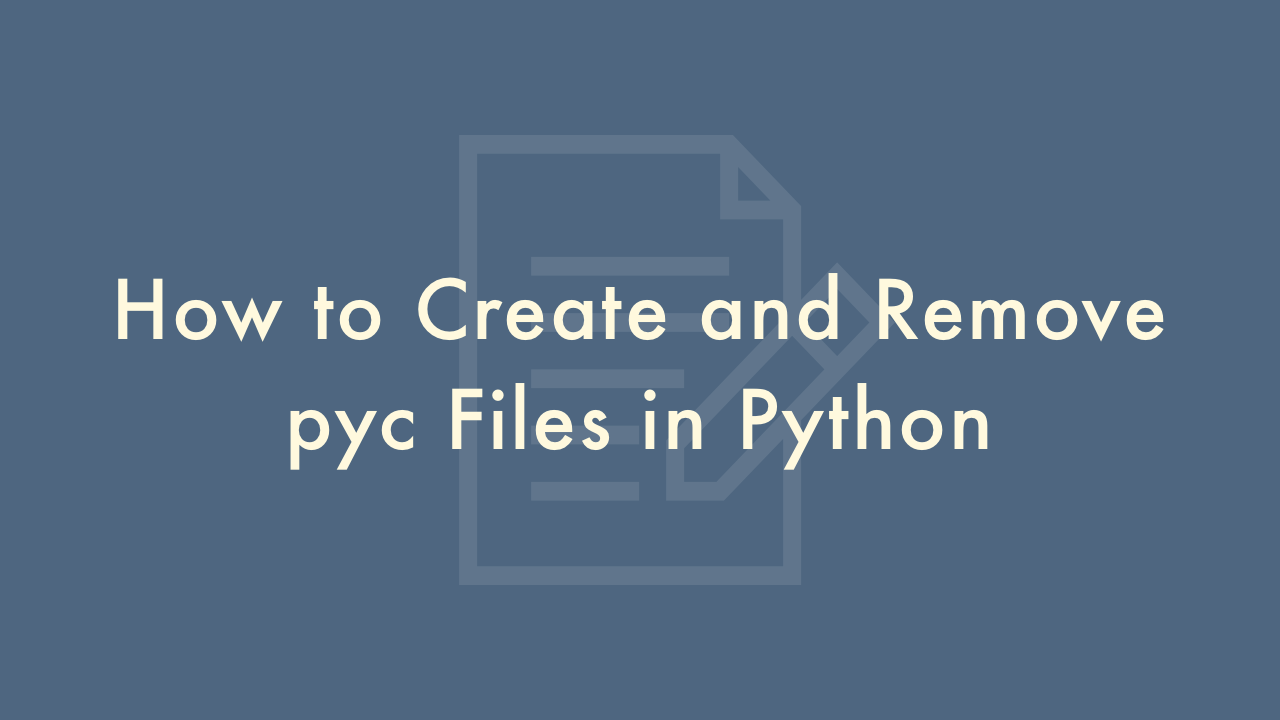How to Create and Remove pyc Files in Python

Contents
In this article, you will learn how to create and remove pyc files in Python.
How to Create and Remove pyc Files in Python
PYC (Python Compiled) files are the compiled versions of Python source code files, and they are automatically generated by Python interpreter when you run a Python script. Here’s how you can create and remove PYC files in Python:
Creating PYC Files
- Write your Python script and save it with the extension .py. For example, suppose your script is named my_script.py.
- Run the script once. When you run the script, Python will automatically generate a compiled bytecode file with the extension .pyc. For example, a compiled version of my_script.py will be named my_script.pyc.
Note that the generated PYC file will be updated automatically every time you run the script again.
Removing PYC Files
To remove a specific PYC file, simply delete the file using the os module. Here’s an example code snippet to remove a specific PYC file named my_script.pyc:
import os
if os.path.exists("my_script.pyc"):
os.remove("my_script.pyc")
To remove all PYC files in a directory, you can use the glob module to find all files with the extension .pyc, and then delete them one by one using the os module. Here’s an example code snippet to remove all PYC files in the current directory:
import glob
import os
for file in glob.glob("*.pyc"):
os.remove(file)
Note that removing PYC files is not always necessary, as Python will automatically regenerate them when you run the script again. However, removing PYC files can help to reduce clutter in your project directory.